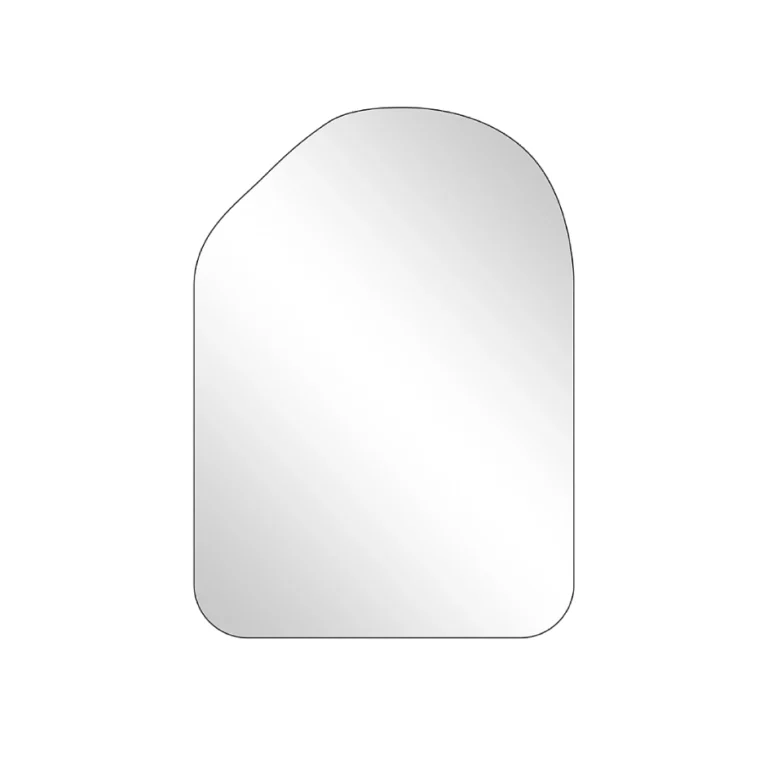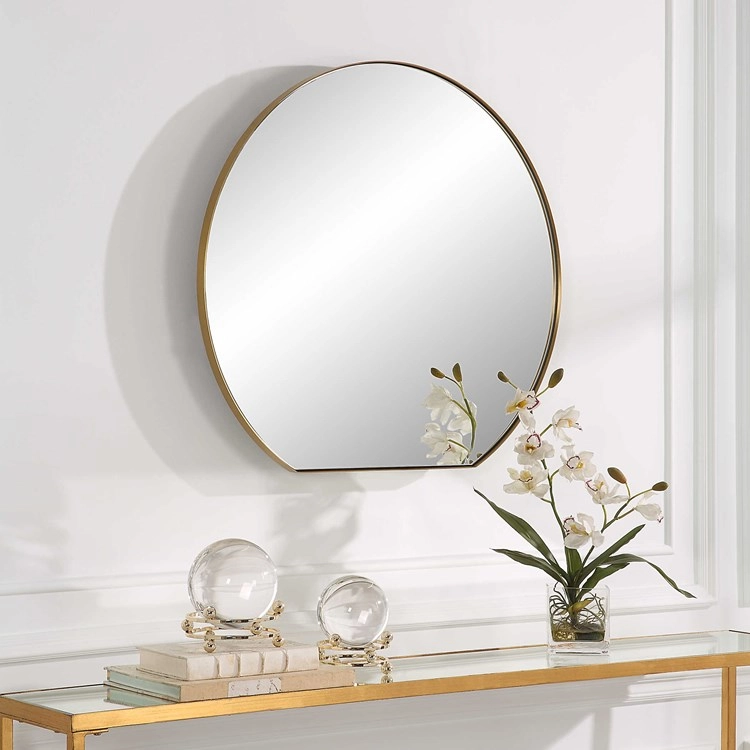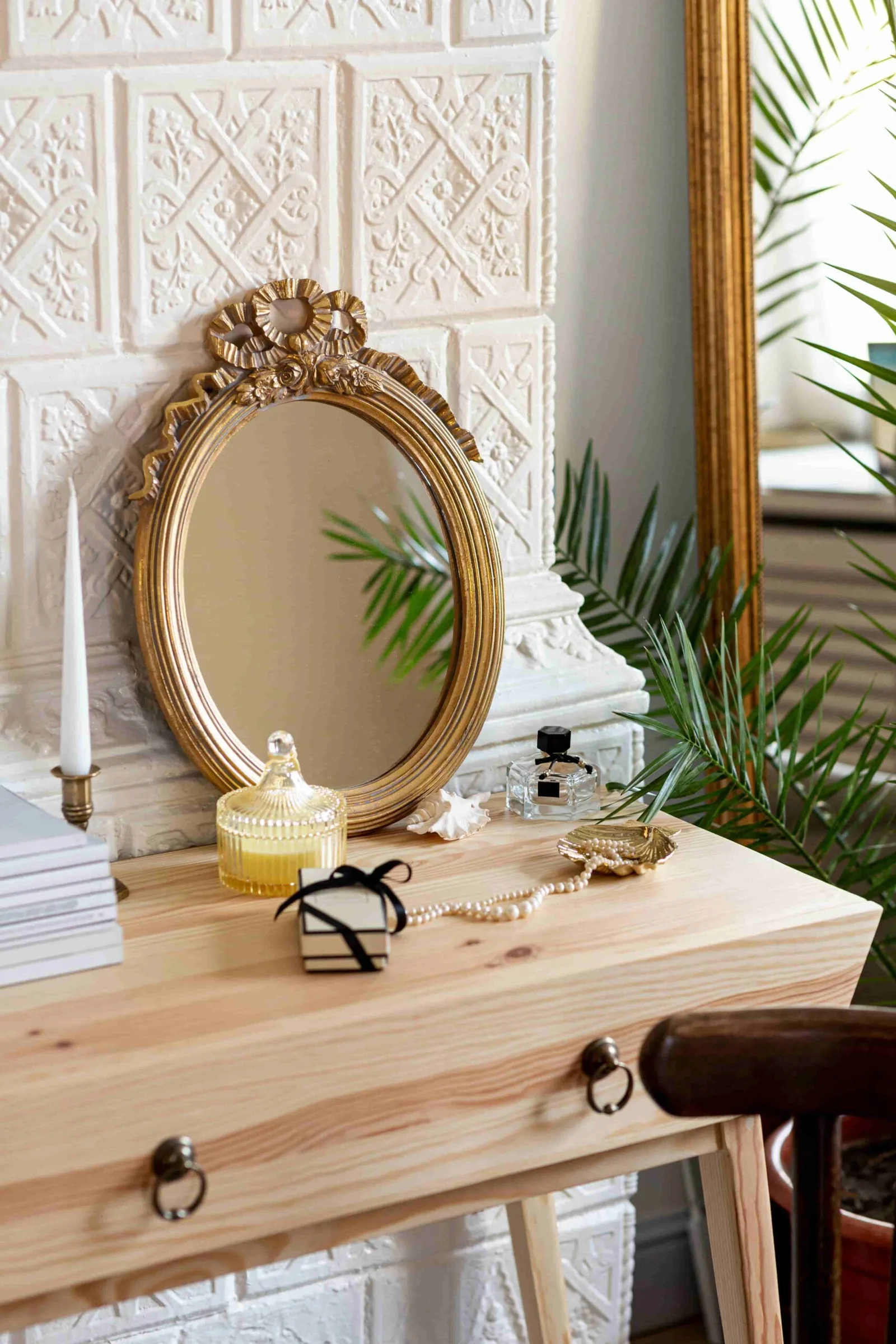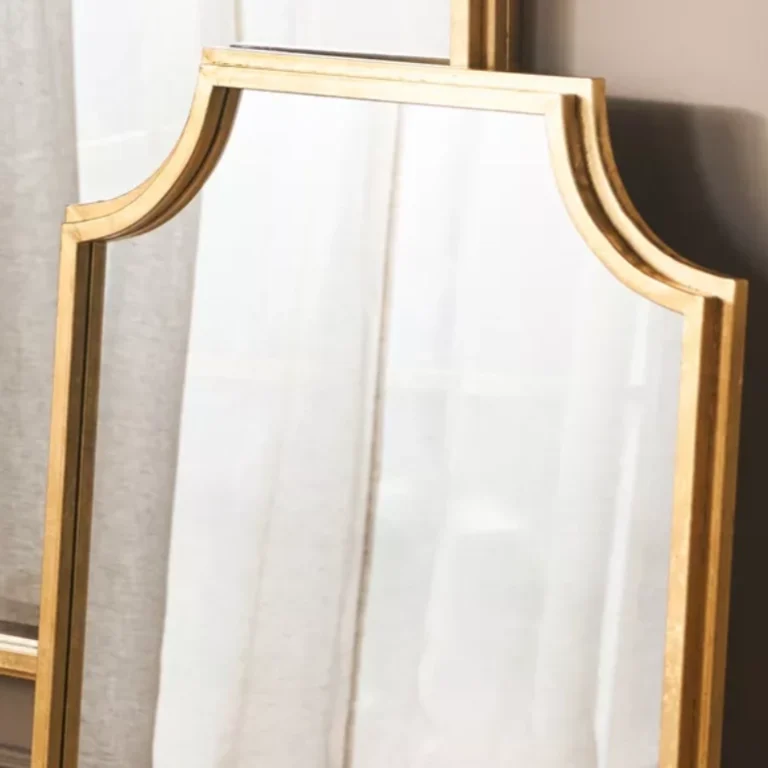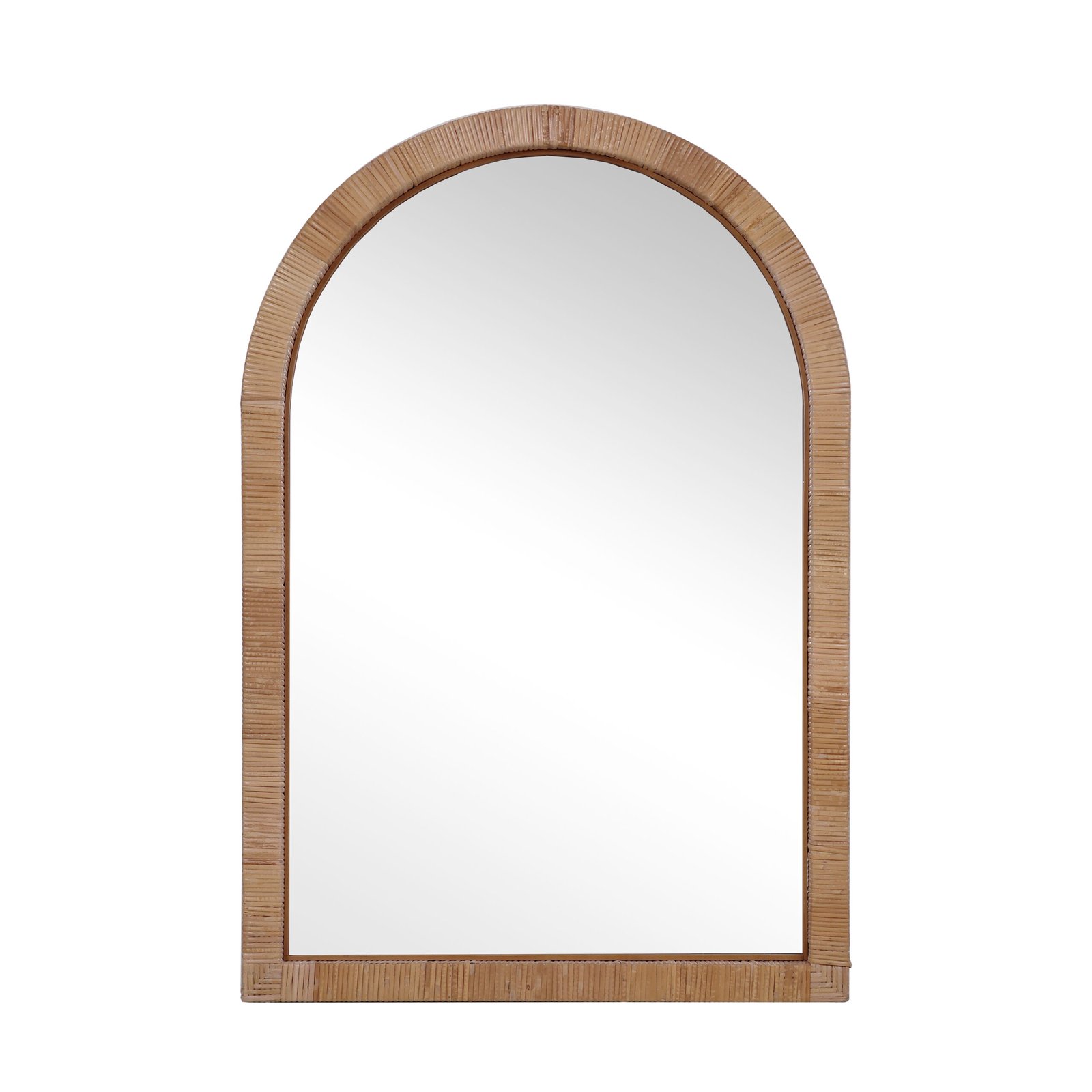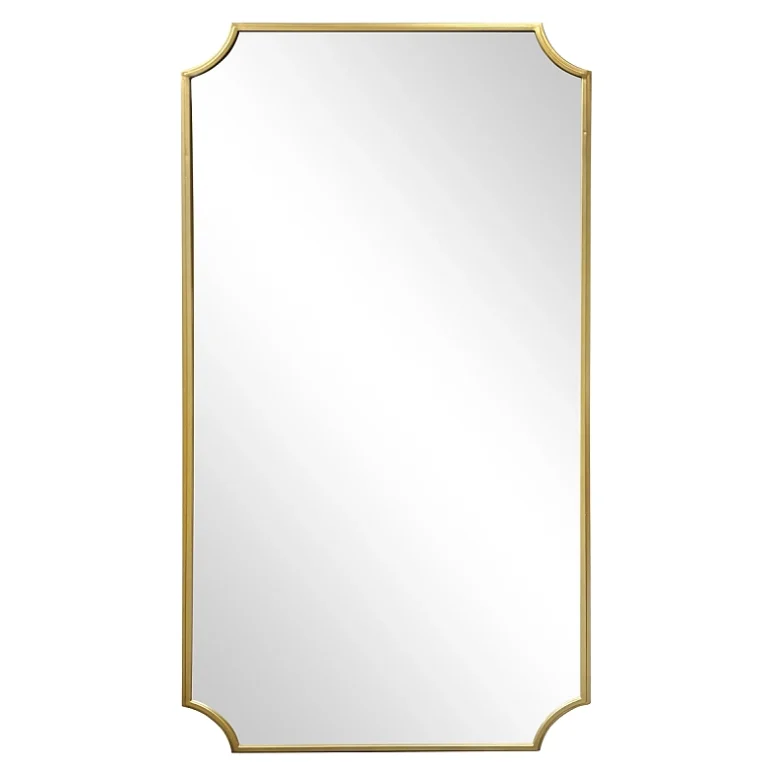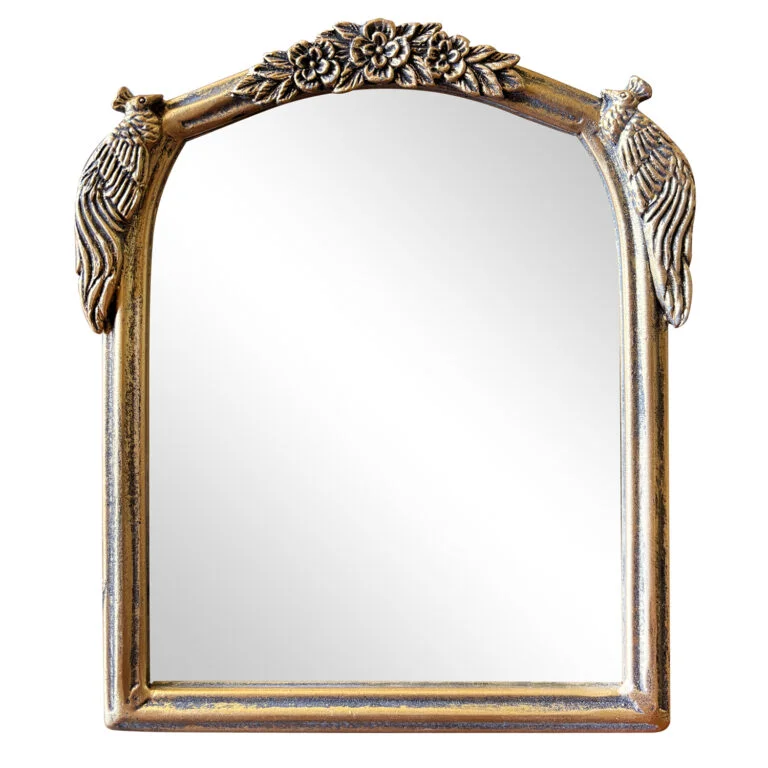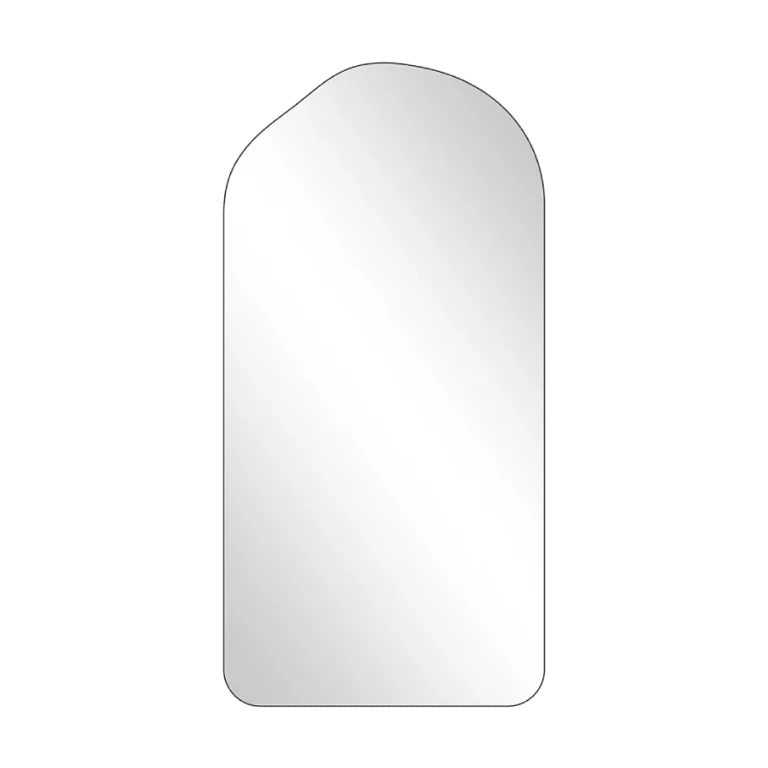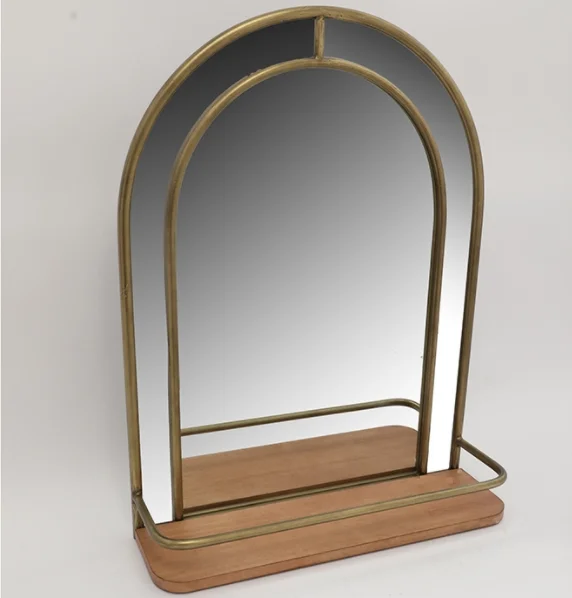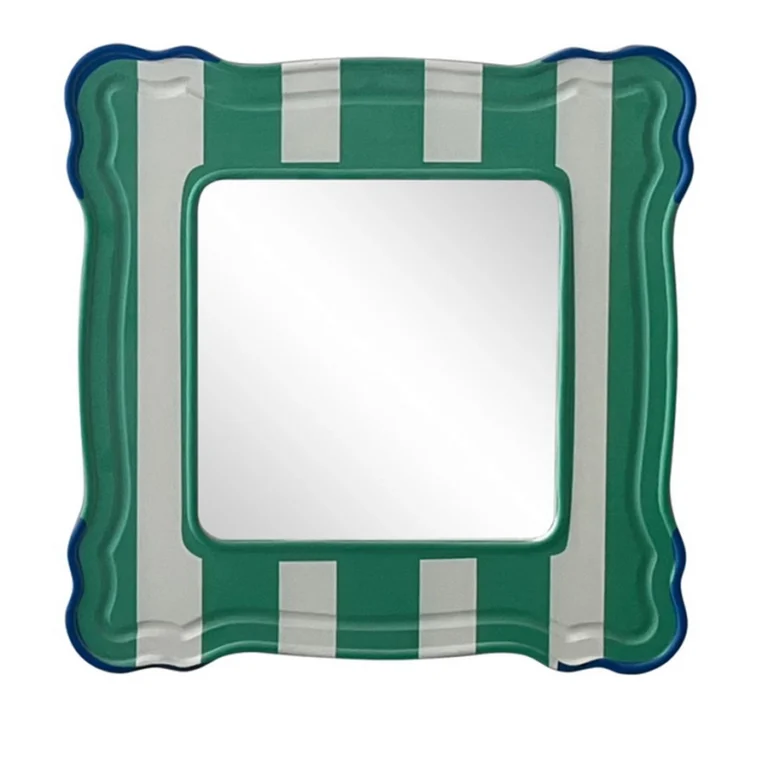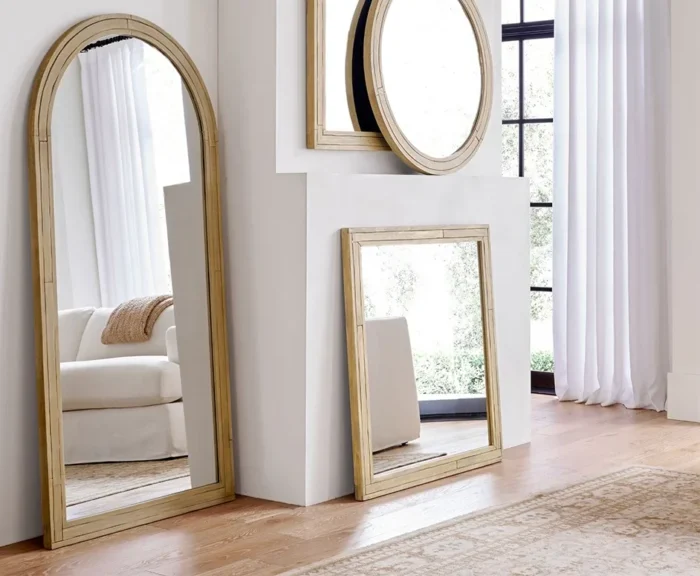Minimalist Geometric Framed Mirror
-
Design Highlights:
Choose circular, oval, or asymmetrical geometric mirrors with slim frames in materials like brushed metal (black/gold/silver) or dark wood. -
Visual Effect:
The clean geometry contrasts with surrounding artworks, while reflections add spatial depth—ideal for modern or minimalist galleries. -
Styling Tip:
Hang centrally along the gallery’s main axis at average eye level (~57-59 inches), surrounded by negative space or paired with small monochrome artworks.
2. Vintage Mirror Collage
-
Design Highlights:
Cluster small decorative mirrors (Baroque-style, irregular fragments, or antique copper mirrors) into an eclectic wall arrangement. -
Visual Effect:
Fragmented reflections break visual monotony and create dynamic light interplay, perfect for low-ceilinged or narrow corridor galleries. -
Styling Tip:
Mix with small oil paintings or sketches, maintaining 2-4 inch gaps between mirrors to avoid chaotic overlaps.
3. Immersive Panoramic Mirror Wall
-
Design Highlights:
Install an extra-wide horizontal mirror (covering 2/3+ of the wall) with adjustable overhead spotlights. -
Visual Effect:
Expansive reflections incorporate opposing artworks or outdoor views, forming a “painting within a painting” effect—ideal for sunlit window areas. -
Styling Tip:
Place 1-2 sculptures or installations in front to play with虚实 (virtual-real) interaction.
4. Interactive Digital Mirror Installation
-
Design Highlights:
A smart mirror with touchscreen display, toggling between art mode (dynamic digital works) or info mode (exhibit details). -
Visual Effect:
Merges technology with artistry to engage viewers, suited for contemporary or new media exhibitions. -
Styling Tip:
Treat as a standalone centerpiece with neutral surrounding walls and gradient lighting.
5. Organic Material Mirror Frame
-
Design Highlights:
Frames crafted from raw wood, rattan, or weathered stone, with mirrors cut into organic shapes (e.g., teardrops, cracks). -
Visual Effect:
Textural contrast (rough frame + smooth mirror) enhances tactile visuals, ideal for eco-theme or land art exhibits. -
Styling Tip:
Accent frames with moss/dried flowers, and tilt mirrors to strategically reflect key artworks.
Key Implementation Notes
-
Reflection Control: Angle mirrors to capture only artworks or architectural details, avoiding cluttered areas.
-
Lighting: Flank mirrors with track lights (2700K warm white) to minimize glare.
-
Proportion Rule: Limit mirror coverage to ≤30% of the wall to maintain focus on art.
Adapt or combine these concepts based on the gallery’s theme, ensuring mirrors complement—not compete with—the artworks.
Generally speaking, our order requirements are as follows: the minimum order quantity (MOQ) for large items is 50 pieces, for regular items it is 100 pieces, for small items it is 500 pieces, and for very small items (such as ceramic decorations) the MOQ is 1,000 pieces. Orders exceeding $100,000 will receive a 5% discount. The delivery timeline is determined based on the specific order quantity and production schedule. Typically, we are able to complete delivery within two months.
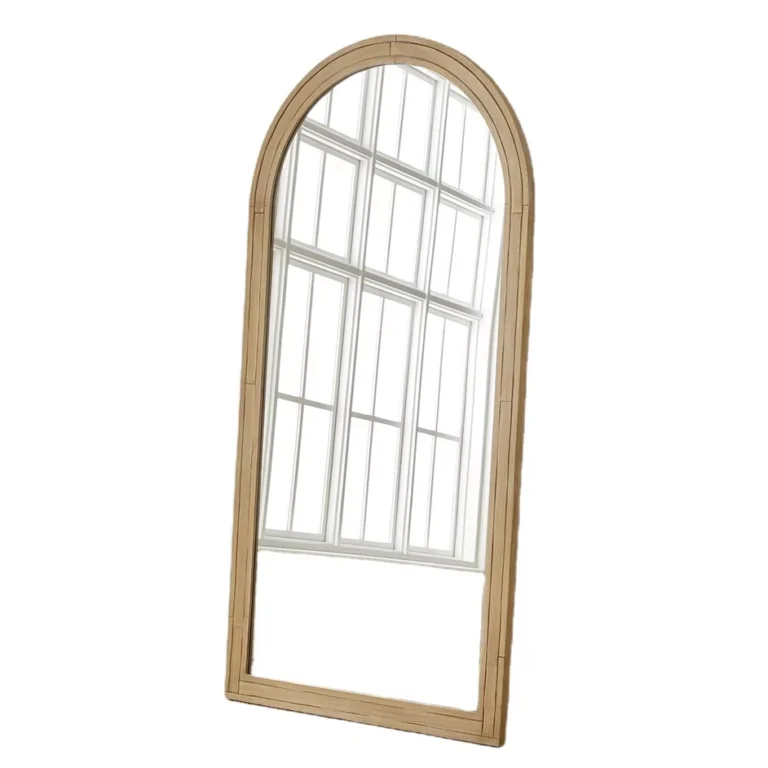
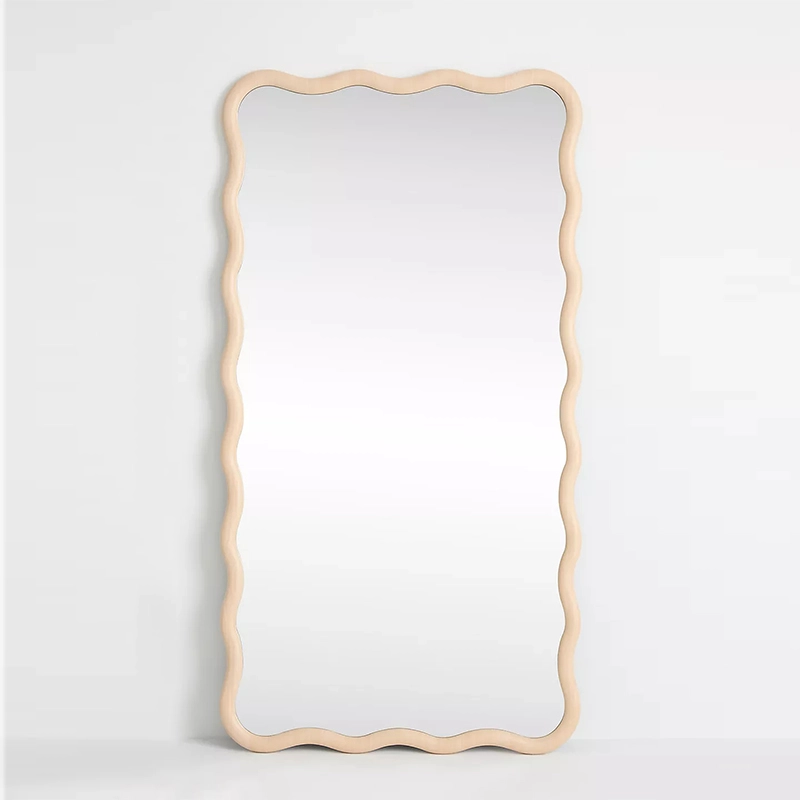
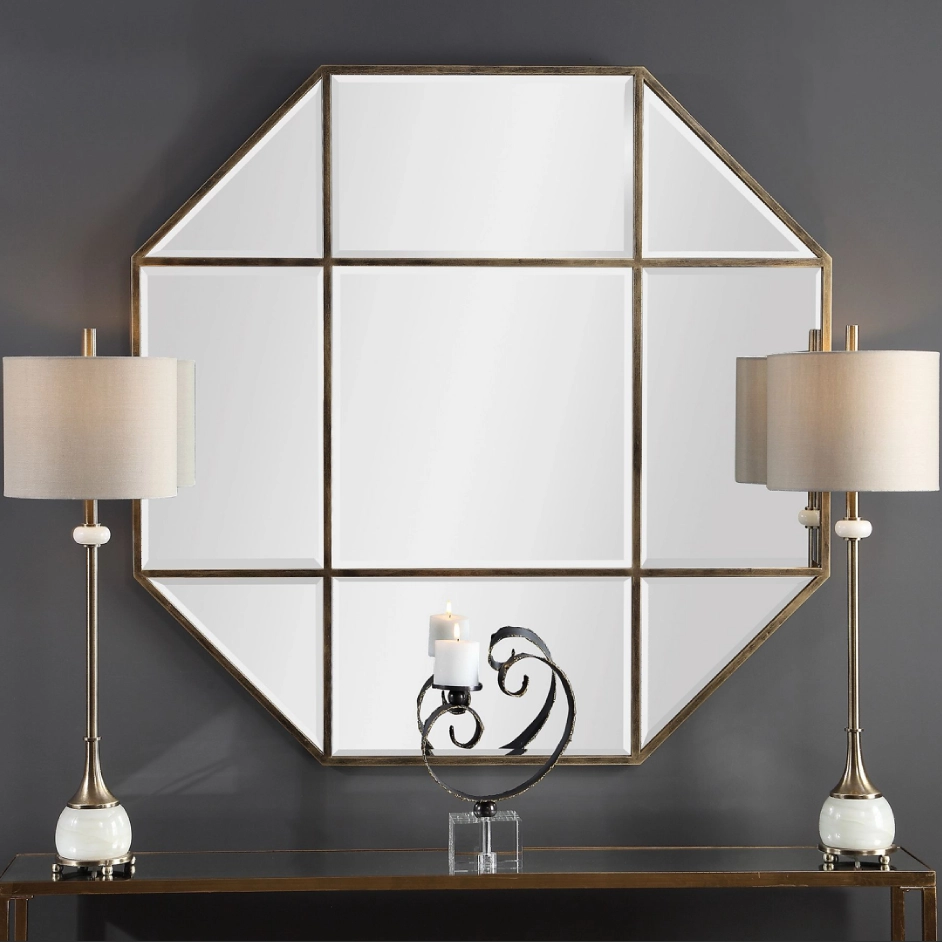
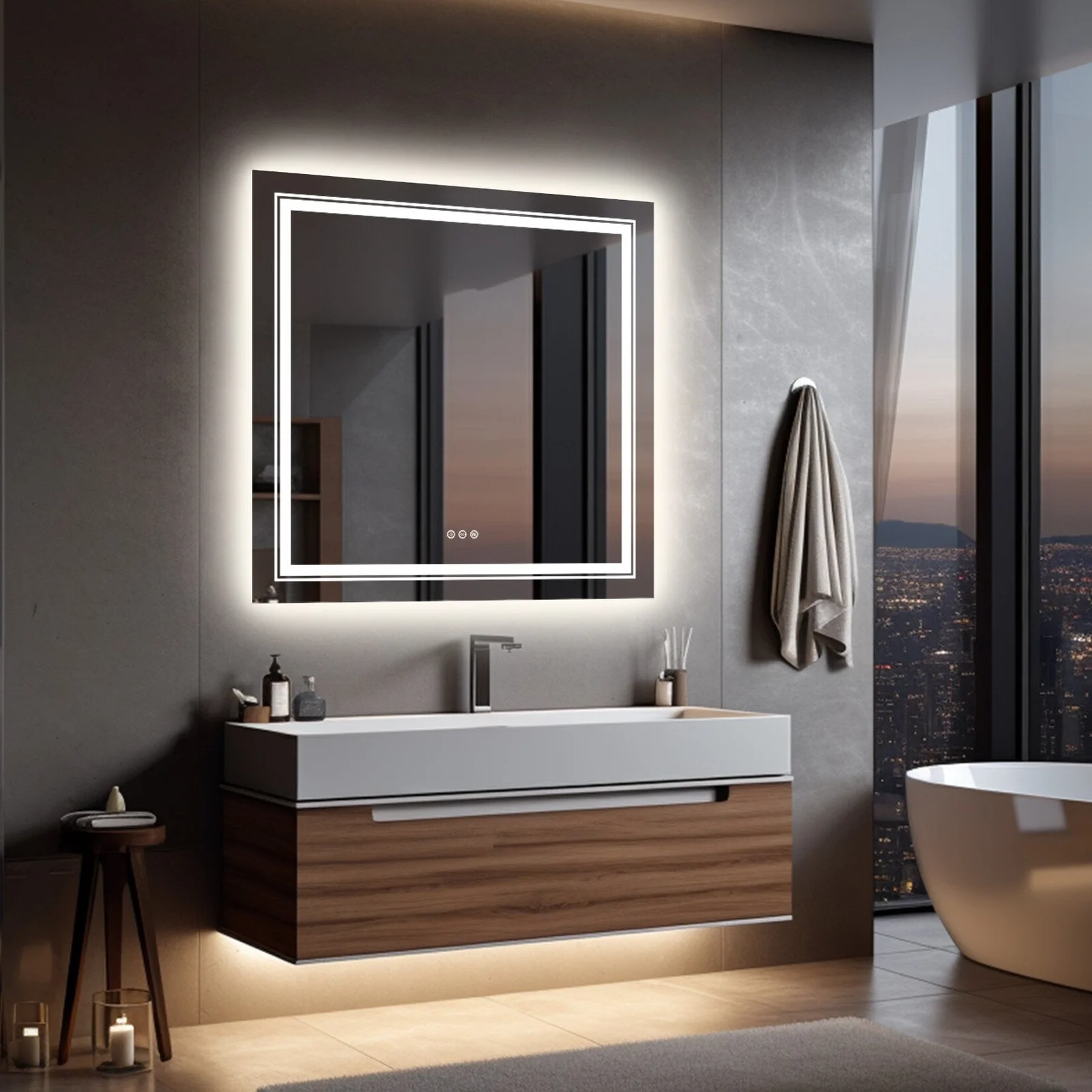
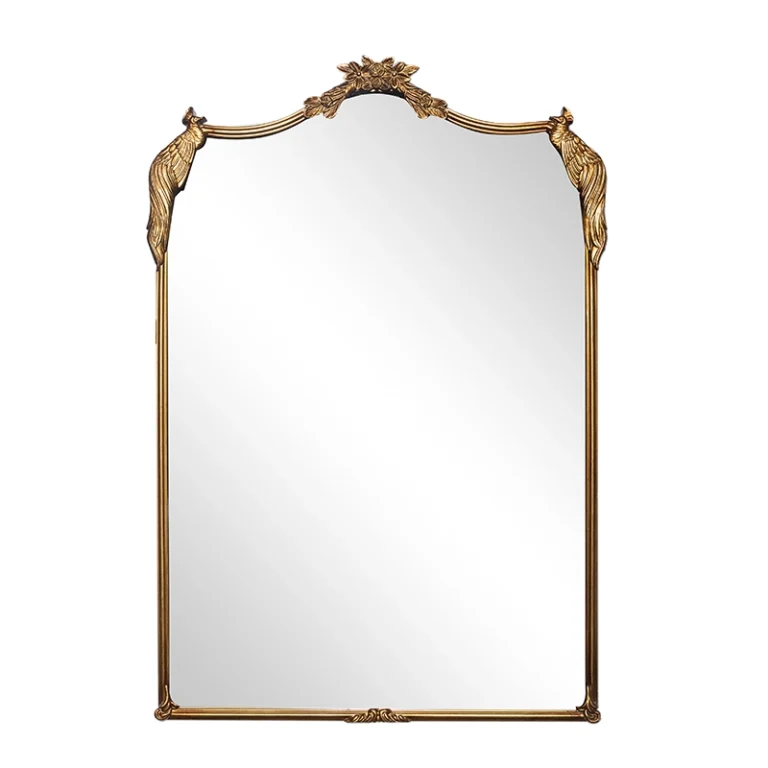
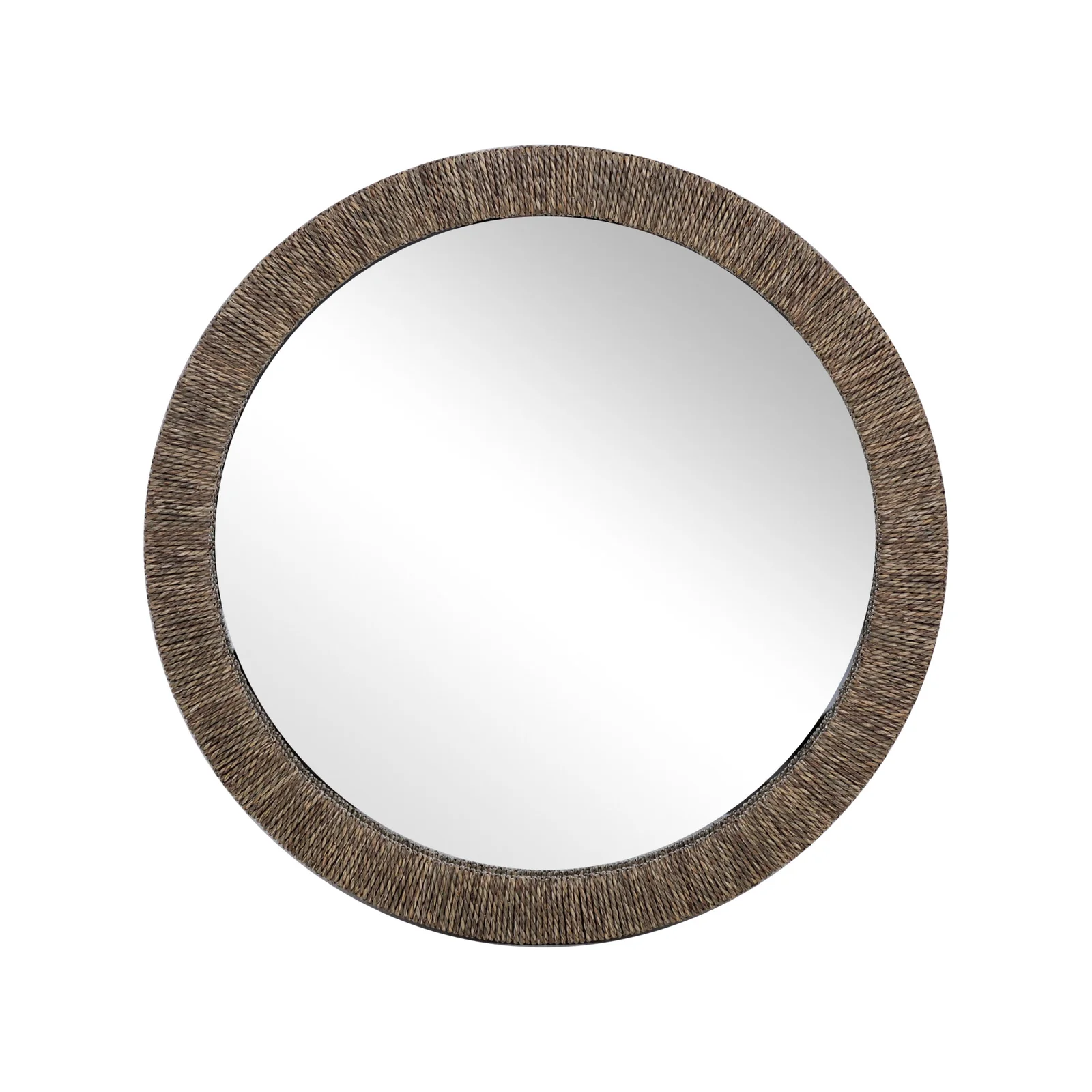
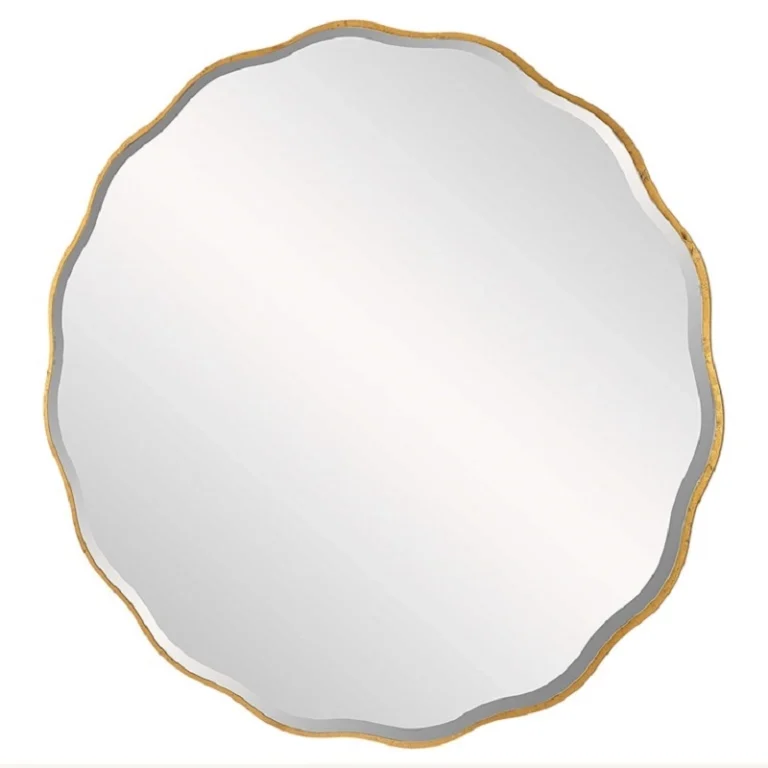

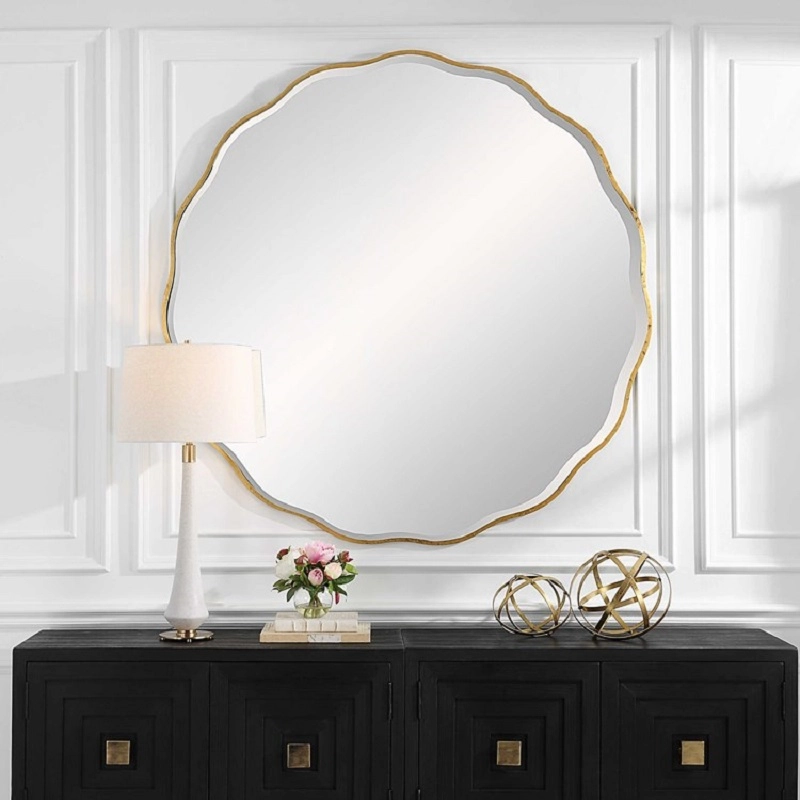
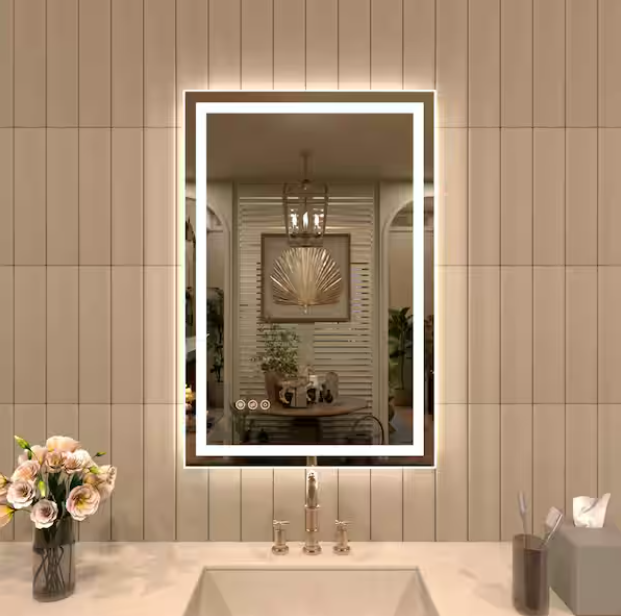
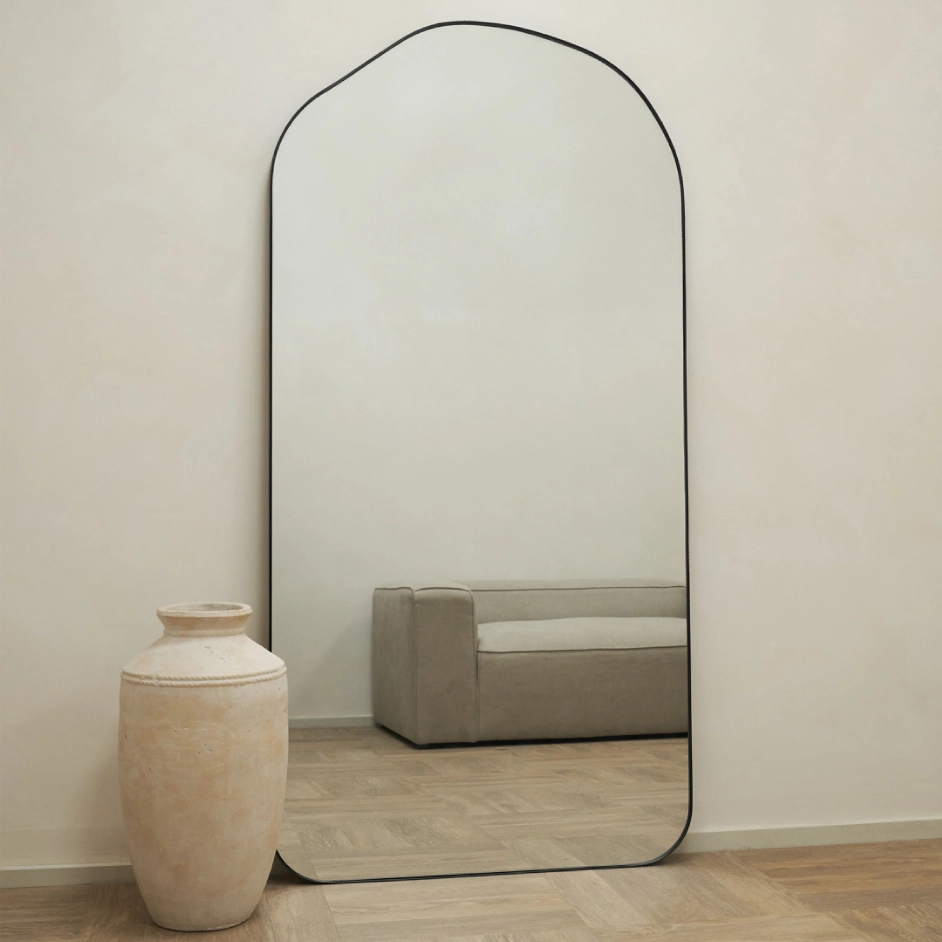
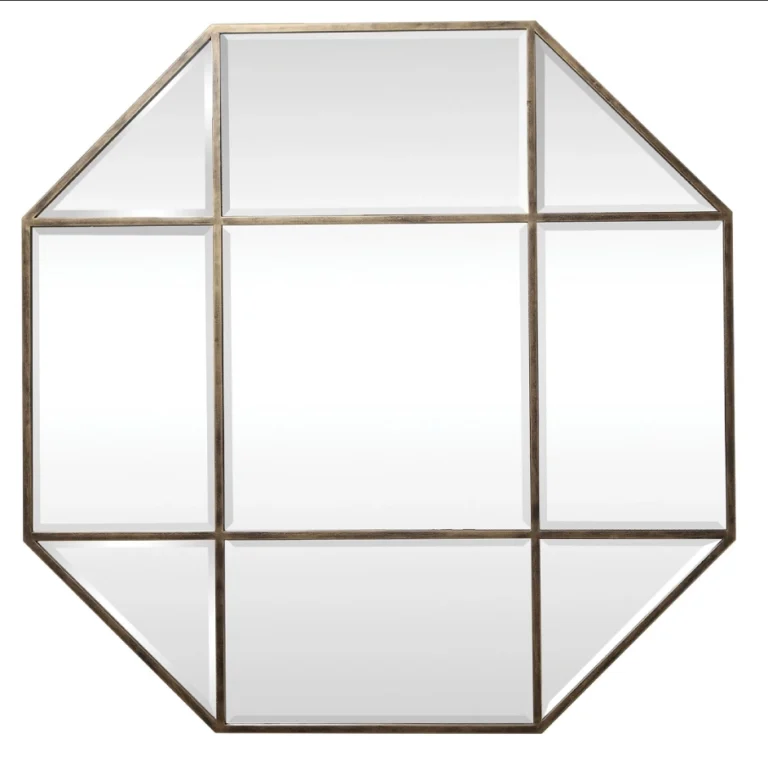
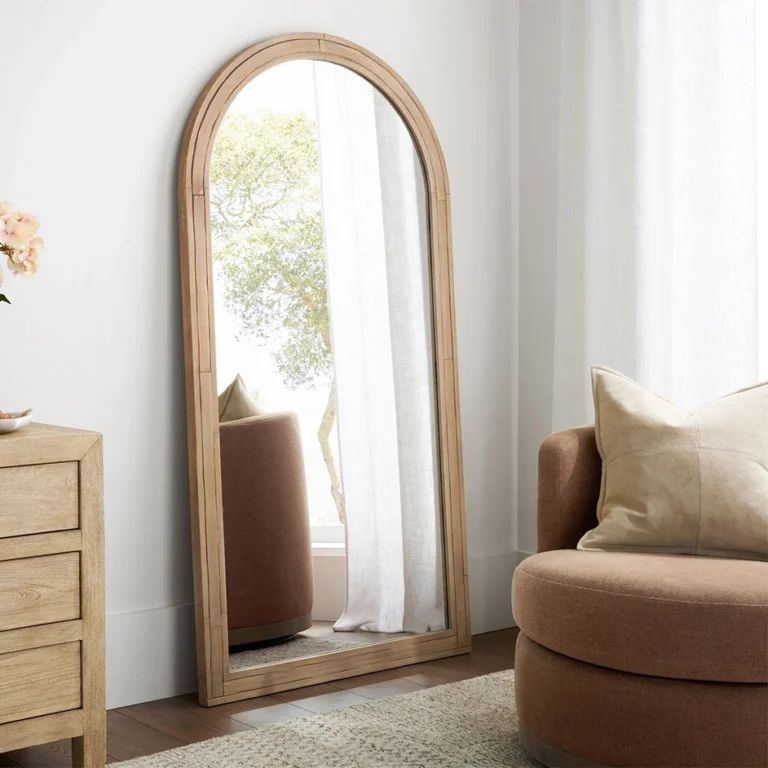
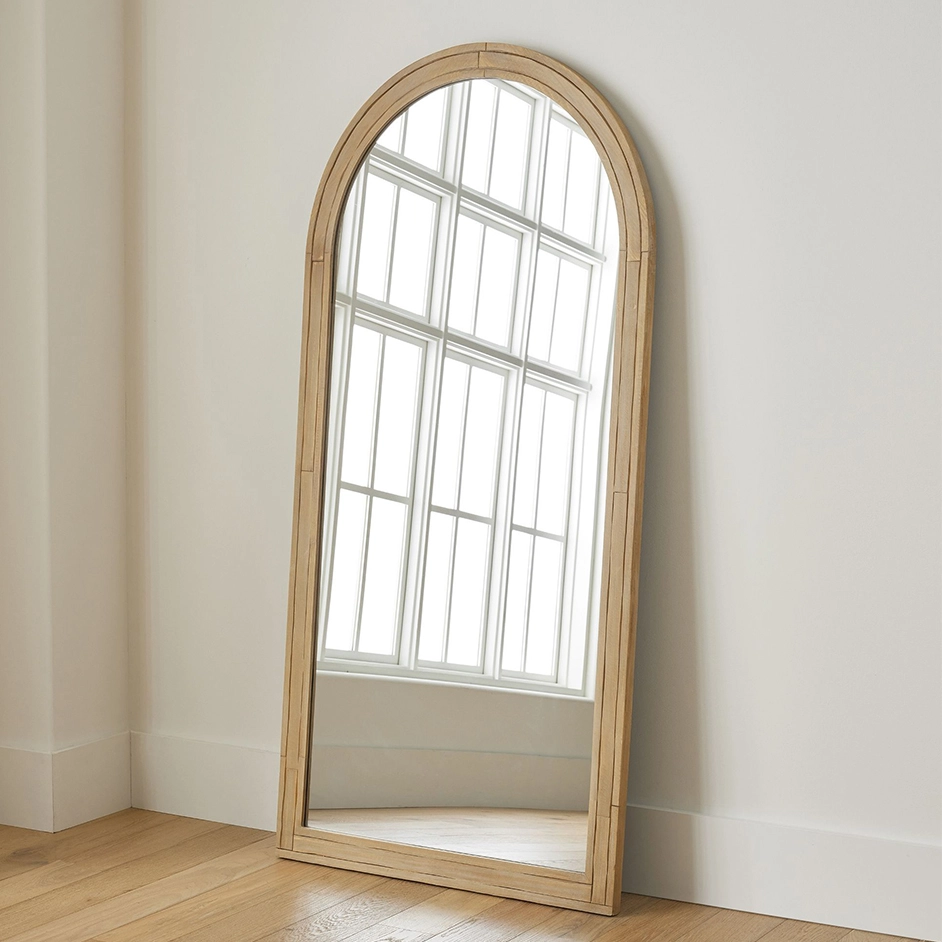

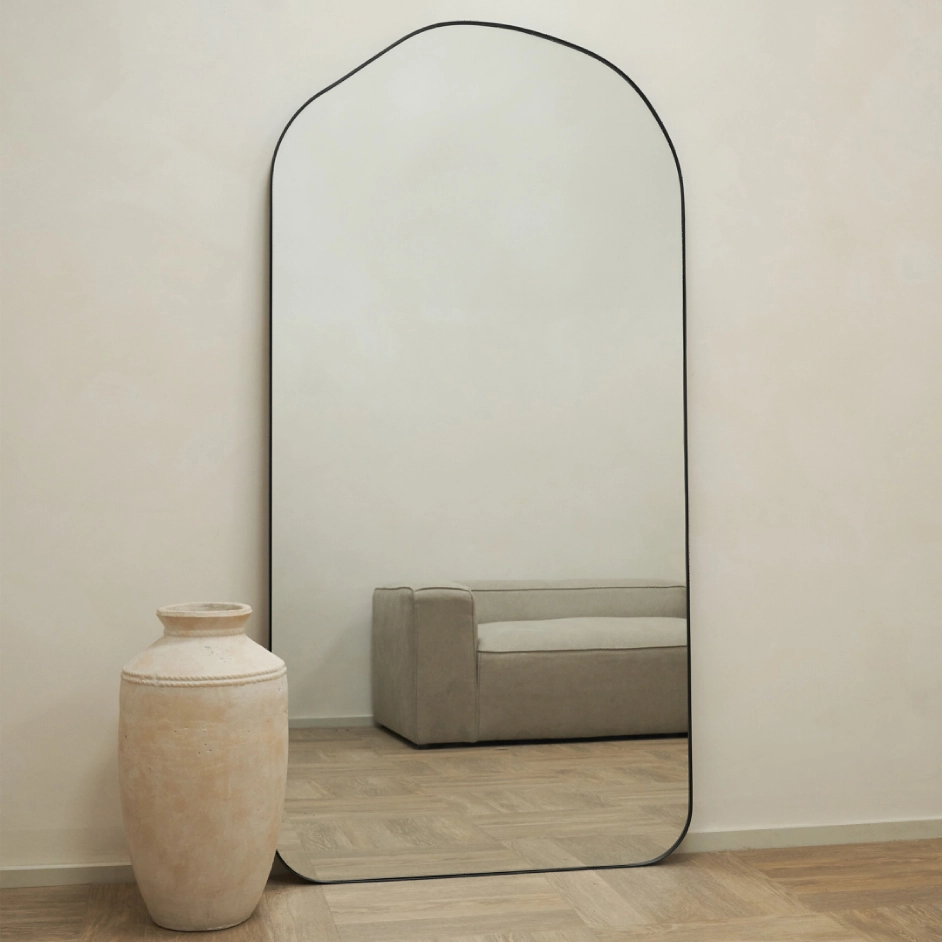
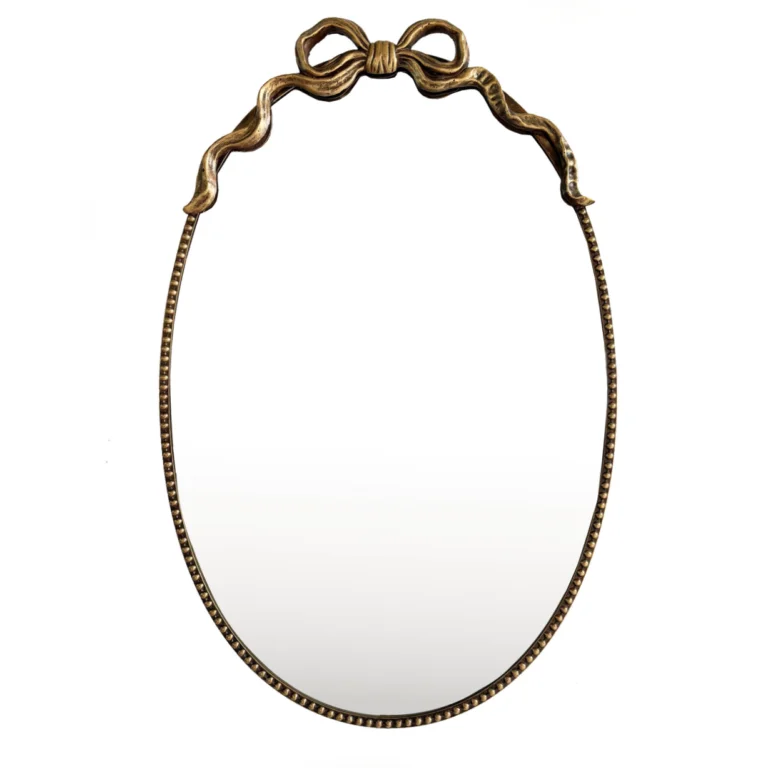
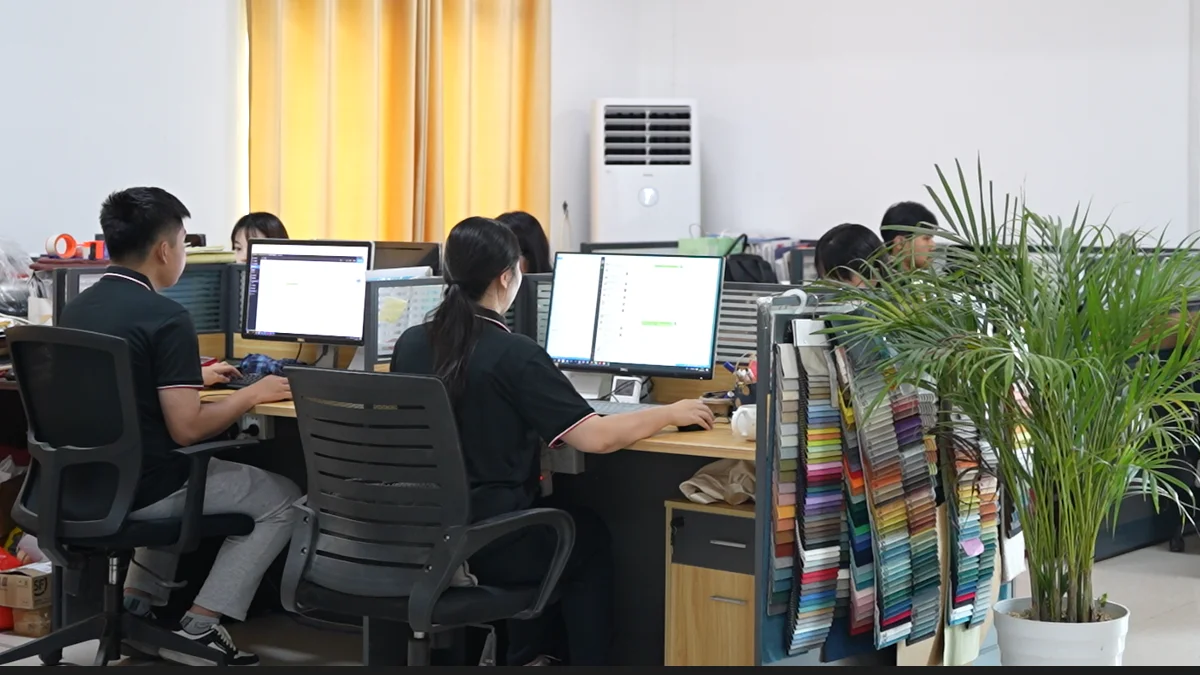
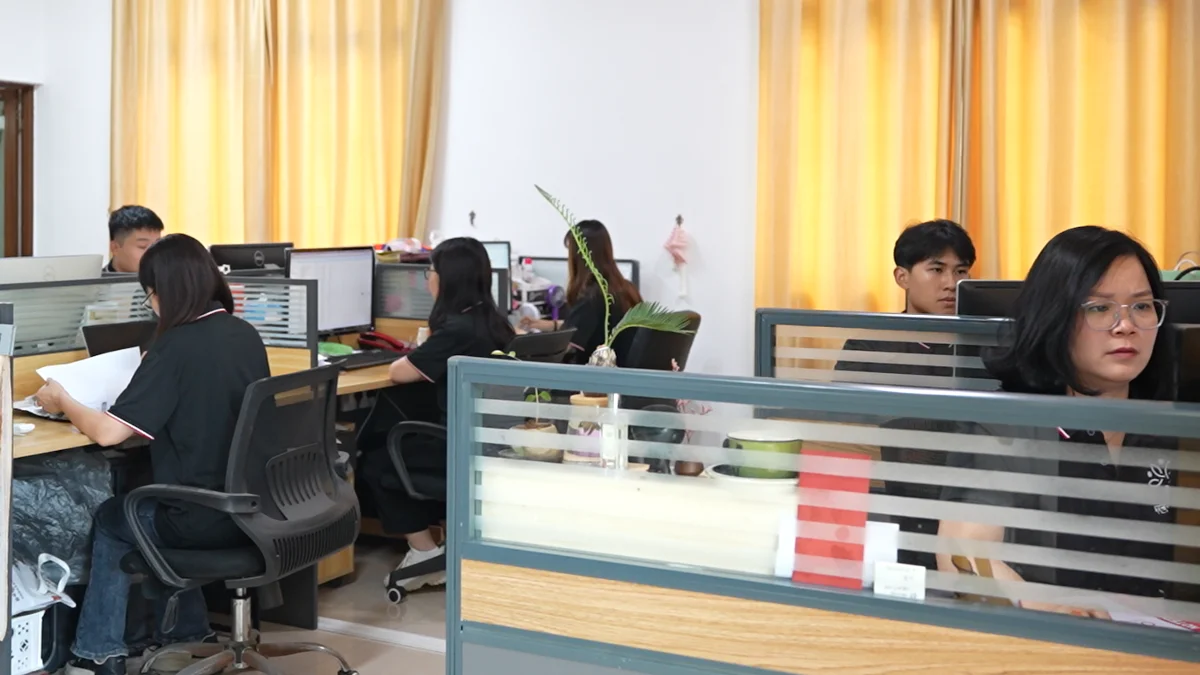

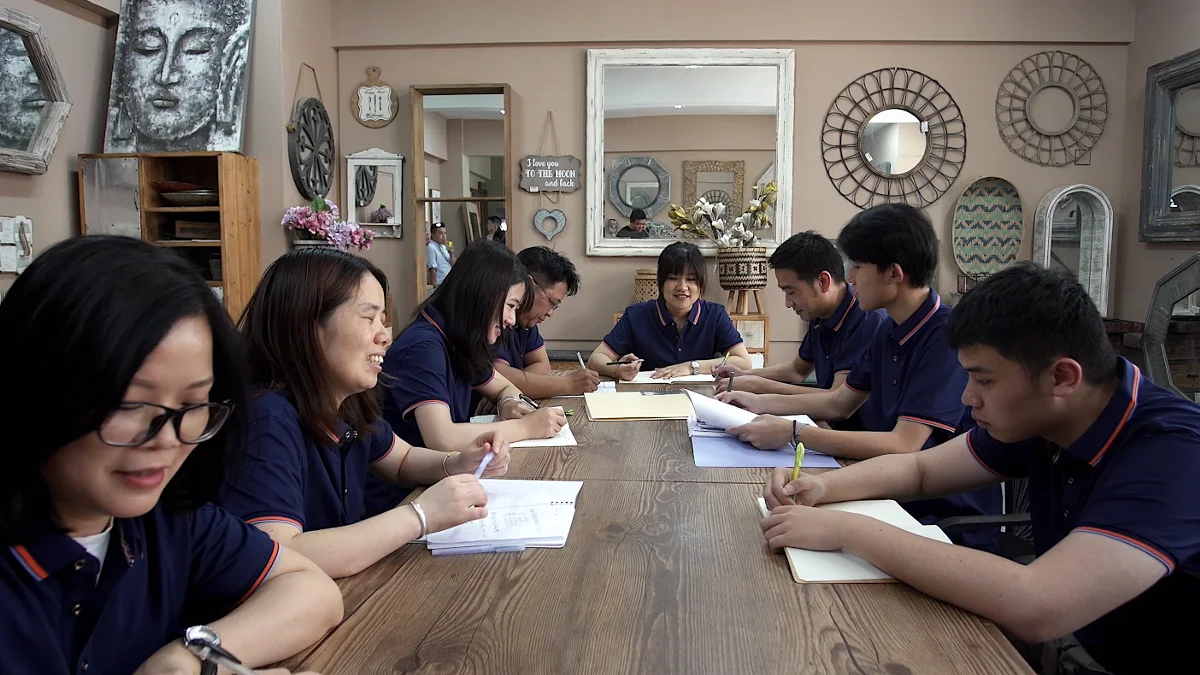
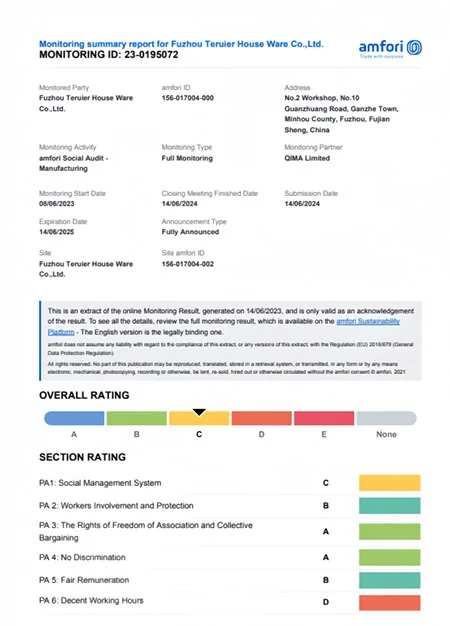
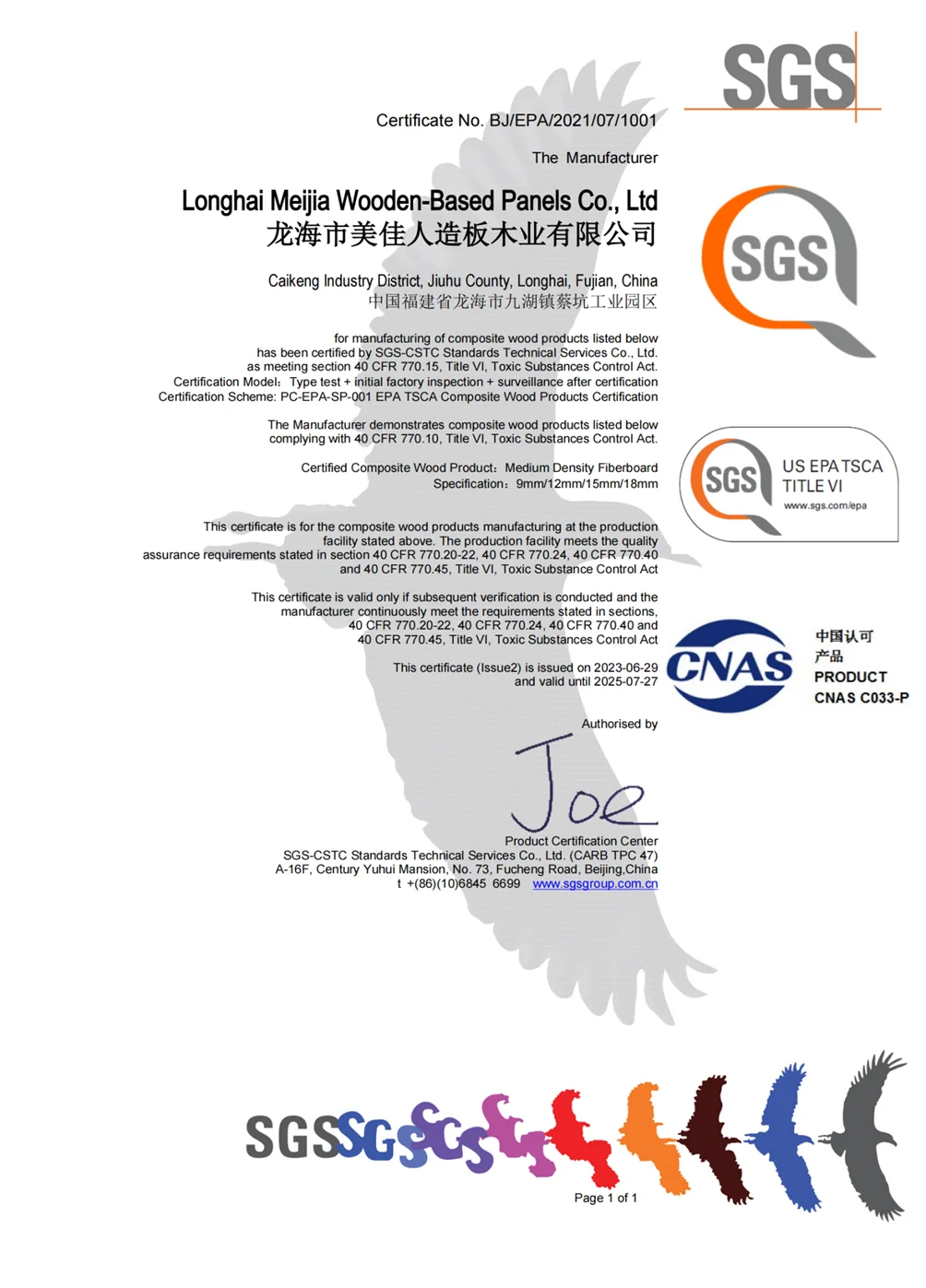

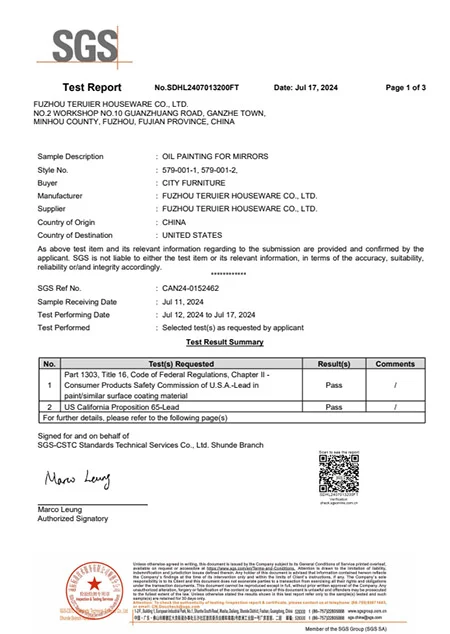
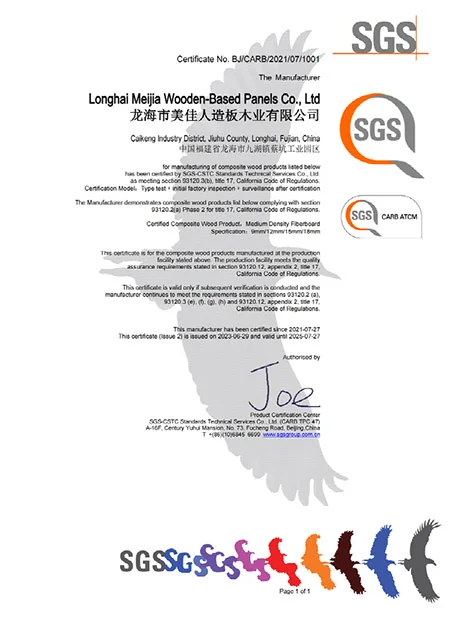

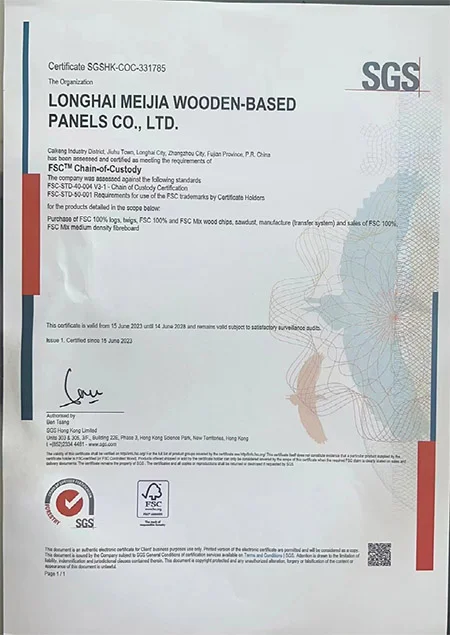
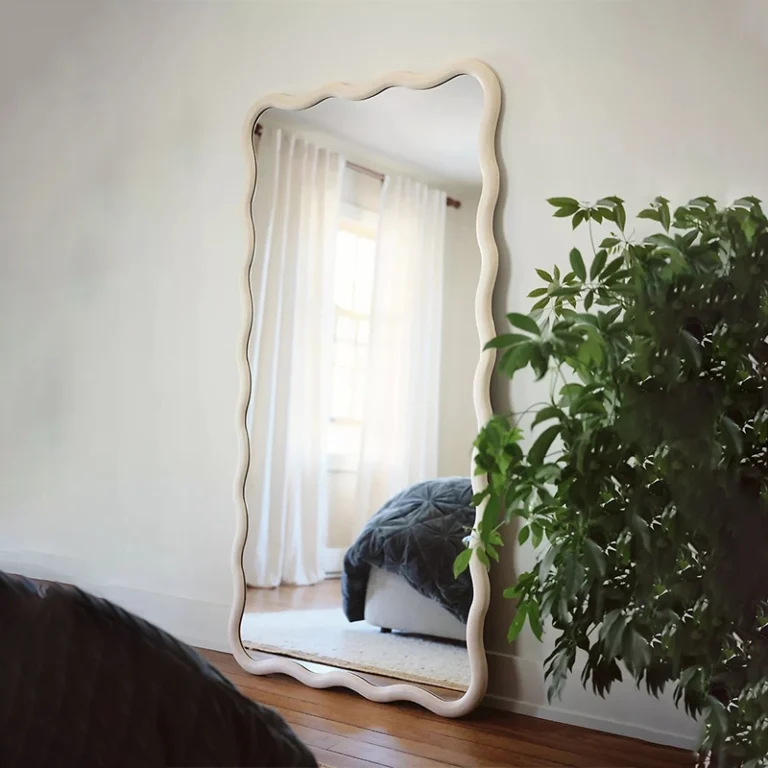

-scaled.jpg)
